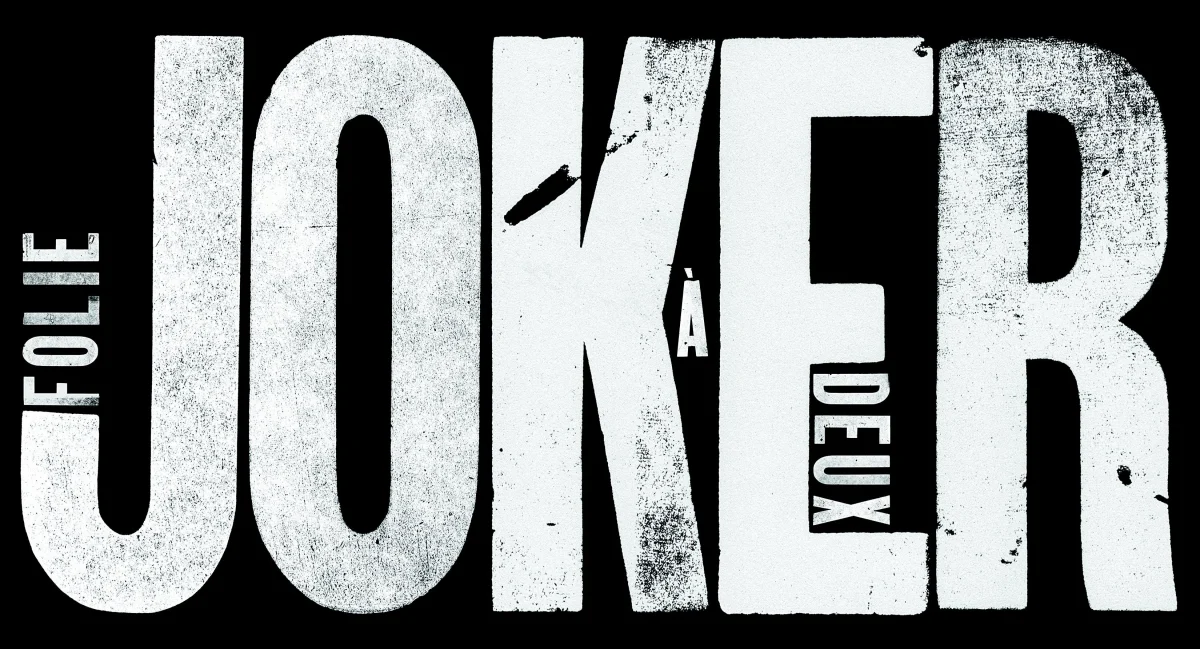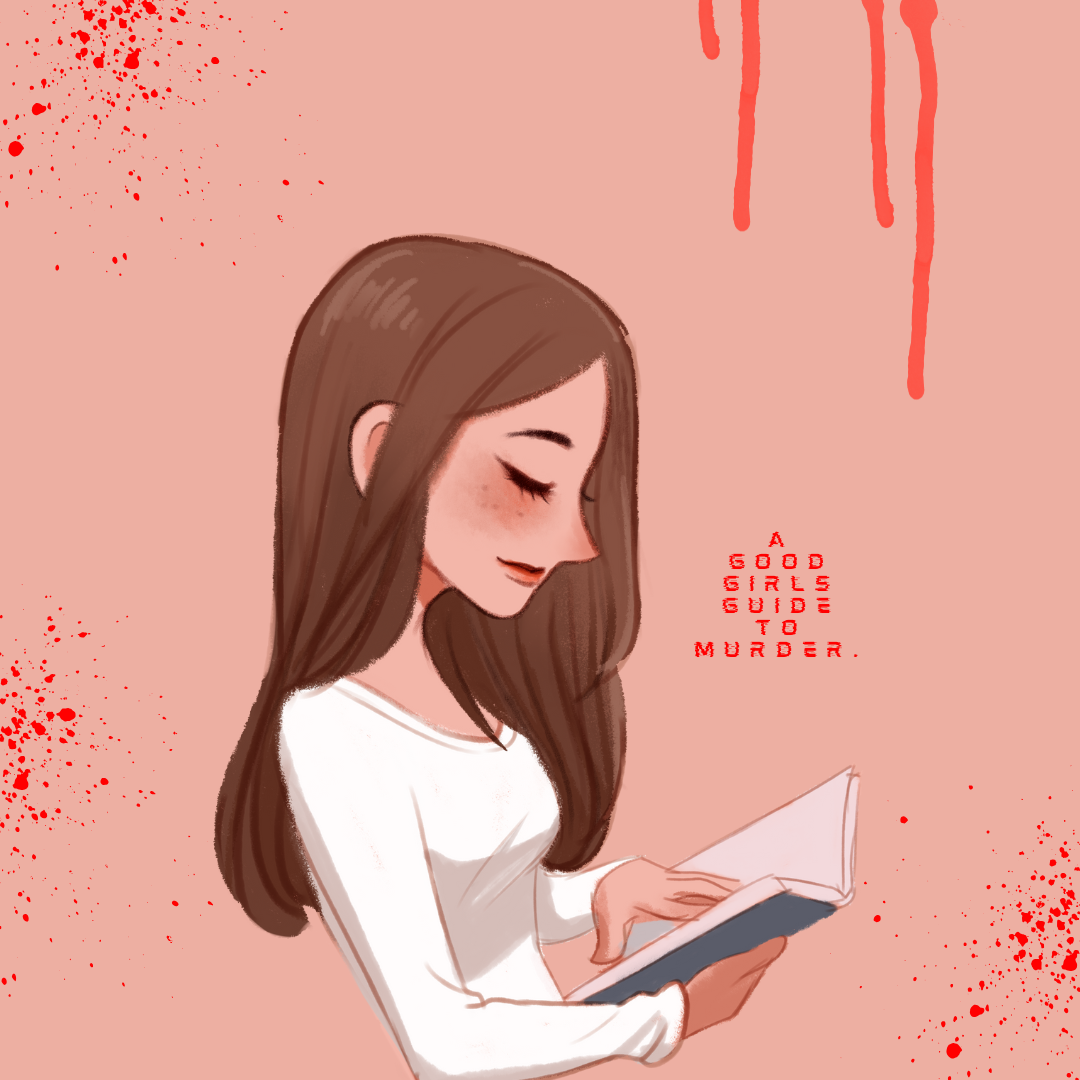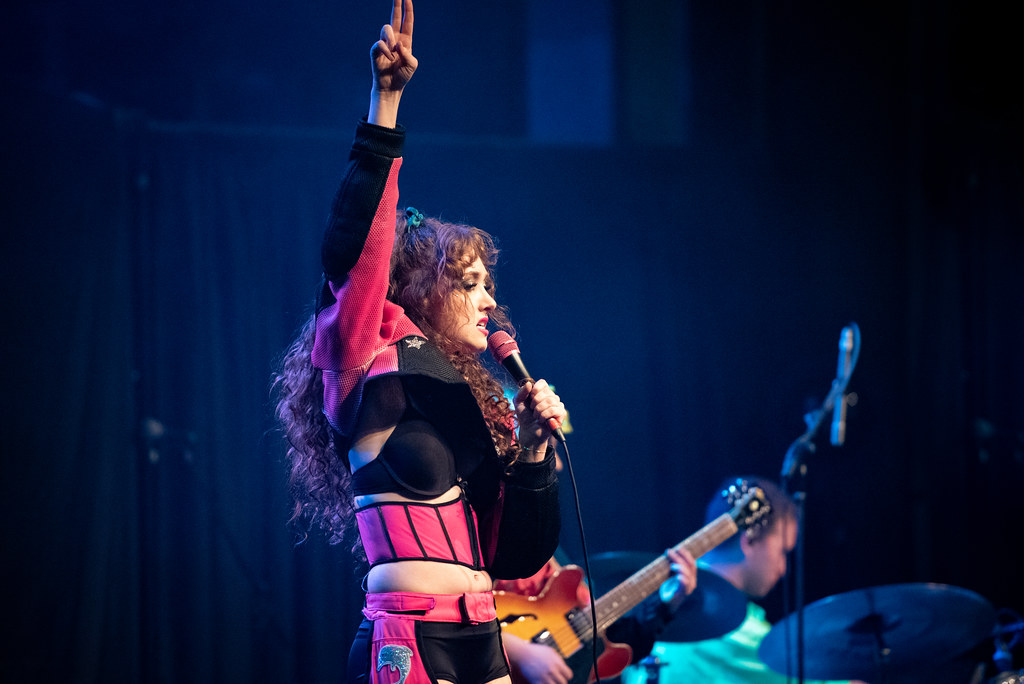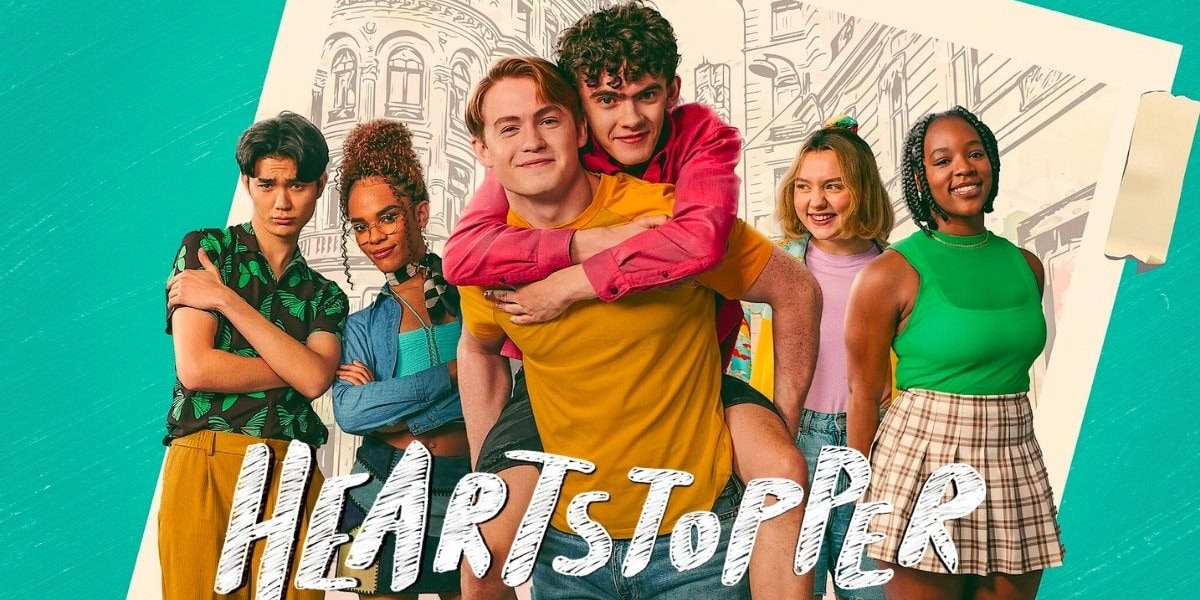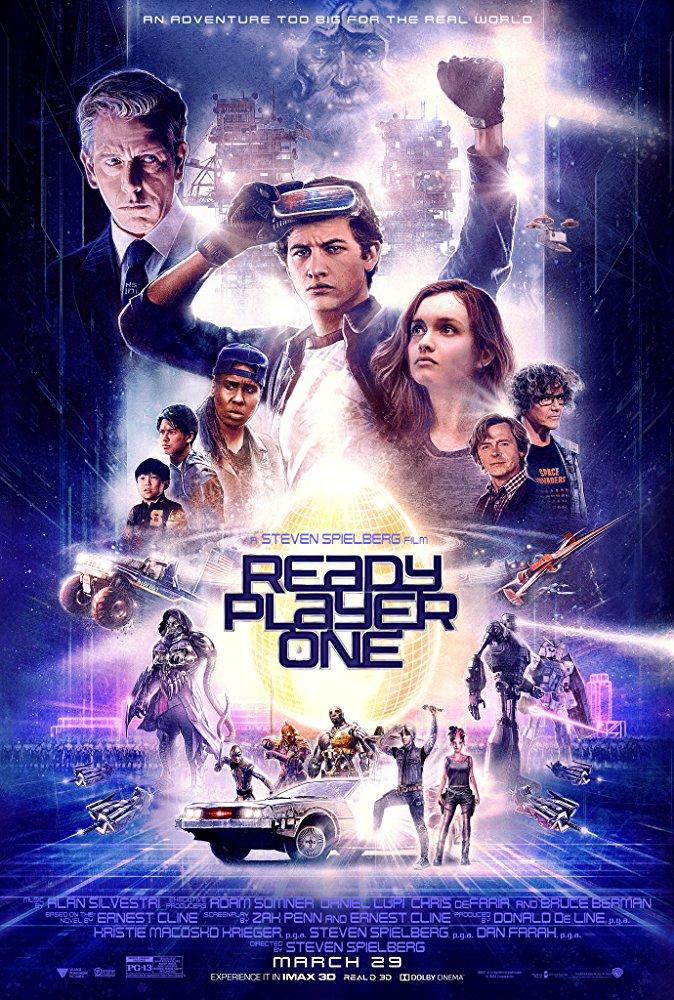
By JUN YUN
Staff Writer
Steven Spielberg’s pop-culture film, Ready Player One, is a stunning visual masterpiece, based on author Ernest Cline’s novel of the same name. This action-adventure film is a dystopian story in which humans compete to gain ownership of the OASIS, a global virtual-reality software that serves as a digital haven for residents of a hopeless and desolate real-world. Ready Player One’s most charming attribute is not necessarily the engrossing action sequences, but rather its unique stance on virtual reality and its abundant supply of familiar pop culture references.
Ready Player One interestingly depicts virtual reality as a positive tool. Prominent science fiction movies in the past have described virtual reality as a realm of enslavement, in which its residents are isolated, trapped and unaware of their surroundings. This novel and film adaptation present virtual reality and its more positive sides, making it a refreshing take on the alluring possibilities of futuristic technology. The complex sounds, breathtaking colors and vibrant visual details in every shot truly emphasized the creative potential of a virtual-reality world, while also vaguely hinting at the downsides of being fully consumed by the technology. In this film, viewers are immersed in the emotions, tensions and sights of a science-fiction video game experience.
Spielberg’s adaptation of Ready Player One also contains a flood of pop culture references, both visual and musical, scattered across the film. Many of the characters must use the references as clues to solve a series of riddles in the hidden game. While the pop references delighted many audiences, some of the references did seem forced into the plot of the movie. In other scenes, the film marvelously blends its dedication to pop culture with its storyline. In the book, the pop culture references are largely from 1980s because the protagonist was accustomed to video games, movies, characters and songs from that decade. Spielberg, however, expands the repertoire of pop culture references to include 1990s pop culture, such as his own beloved Jurassic Park. Spielberg succeeds in creating a more mainstream appeal for a wider range of audiences who are familiar with retro 1980s and 1990s pop culture references.
The character development and plotline in this Spielberg film leave much to be desired. For instance, there is budding romance story between two characters that fails to fully materialize. Additionally, the main antagonist, played by Ben Mendelsohn, is not given a meaningful backstory or context to any of the characters, creating a plotline that is neither compelling nor eventful. The movie seems to force a standardized message of the inherent perils of video game consumption and virtual reality, without much consideration on how to execute such a message with emotion and depth. While the story moves briskly, the characters are thinly drawn and there is simply not enough of an affective impact. Spielberg may have intended to illustrate the absence of sentiment in a fantasy virtual world, yet the characters could have been given more time to develop emotionally and foster likability from audiences. Overall, however, Ready Player One is a solid viewing for tech-savvy audiences looking for an entertaining and visually sightful Spielberg film,



